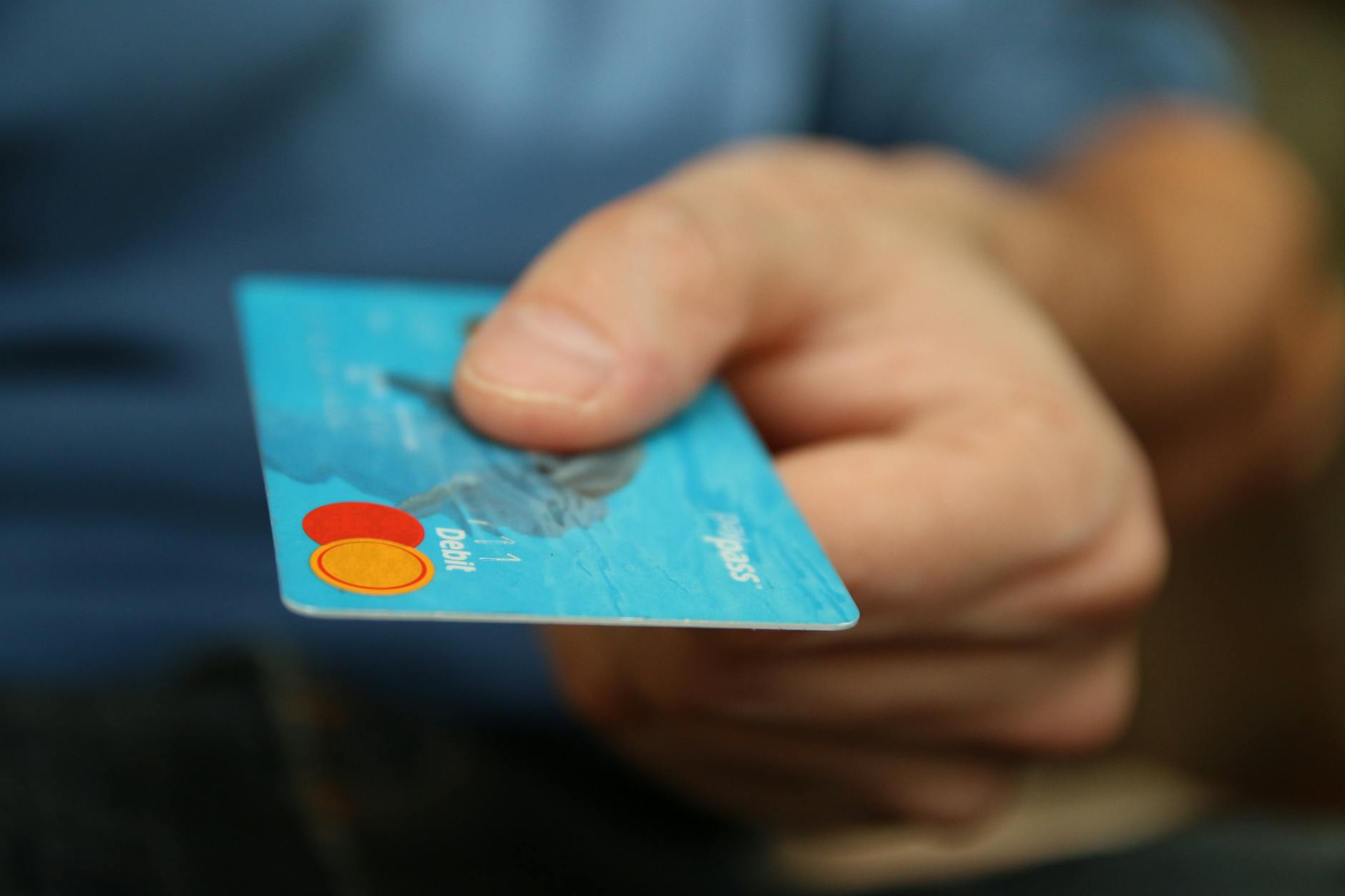When you pull out your debit card to pay for coffee, groceries, or bills, you might wonder: Is this debit card connected to a checking or savings account? The short answer is that a debit card is generally tied to a checking account, but it’s important to understand the difference between checking and savings accounts before settling on a clear answer.
Let’s break down how debit cards work, and why they usually link to checking accounts instead of savings accounts.
What’s the Difference Between Checking and Savings Accounts?
Checking and savings accounts serve different purposes, even though both hold your money.
Checking accounts are designed for daily spending and bill payments. They offer:
- Easy access to your cash through debit cards, checks, or ATMs
- Unlimited withdrawals and deposits
- Usually little to no interest earned
Savings accounts are meant for storing money longer term. They aim to help your money grow with interest, offering:
- Interest payments, often higher than checking accounts
- Limited withdrawals (typically up to six per month) by federal rules
- Less frequent access to funds to encourage saving
Think of checking accounts as your financial "wallet" for daily use. Savings accounts are more like a piggy bank you tap into occasionally.
How Debit Cards Work with Checking Accounts
A debit card is a payment tool linked primarily to your checking account. When you use it:
- Funds are withdrawn immediately from your checking account
- You can shop in stores, online, or pay bills on the spot
- It acts like cash without carrying physical bills
Banks issue debit cards with checking accounts because these accounts are meant for transactions.

Photo by Pixabay
Debit cards also allow access to ATMs for cash withdrawals and deposits linked to your checking balance. Some debit cards might come with rewards, but their main function remains quick, simple access to the money you're planning to spend right away.
Why Debit Cards Aren't Usually Linked to Savings Accounts
Savings accounts have different rules and are designed to encourage keeping money for longer periods. Because of this:
- They generally limit the number of withdrawals per month (about six)
- They pay interest based on your balance, rewarding you for saving
- They are not ideal for everyday transactions
Though some banks may offer a debit or ATM card linked to a savings account, these are often limited to cash withdrawals only and won't work for purchases. Checking accounts remain the primary account for debit card transactions.
By keeping debit cards linked to checking accounts, banks help customers avoid accidentally spending money set aside for savings goals.
How Your Debit Card Affects Your Money Management
Using a debit card linked to your checking account puts you in control of your spending on a daily basis:
- Your balance adjusts instantly with every purchase
- No risk of carrying debt since you spend only what's available
- You avoid interest and fees common to credit cards
However, this instant access means it's easier to overspend if you’re not watching your balance carefully. Separate savings accounts help by creating a buffer between daily spending and emergency or future funds.
What Happens if You Try to Use a Debit Card on Savings?
If your debit card is linked to a savings account, you might run into issues:
- Purchase attempts could be declined if withdrawals exceed transaction limits
- Some savings-linked cards only allow ATM cash access, not purchases
- You risk dipping into funds meant for savings and losing interest
For everyday convenience and fewer restrictions, it's best to use a debit card tied to a checking account.
Combining Checking and Savings Accounts for Better Finances
Many people use both accounts together for smarter money management:
- Keep your debit card on your checking account for daily spending
- Move money to your savings account regularly for future goals and emergencies
- Use automatic transfers to grow savings without thinking about it
This setup helps you avoid overspending while making saving easier and more intentional.
Conclusion: Debit Cards Are Checking Account Tools
Your debit card is the handy key to spending money from your checking account. While savings accounts are essential to building financial security, debit cards and checking accounts are made to work side by side for managing everyday expenses.
When you use your debit card, you’re drawing directly from your checking account’s funds — not savings. This keeps your spending smooth and your savings intact.
Understanding how these accounts differ helps you keep your money organized, making it easier to balance spending and saving for everything life throws your way.
